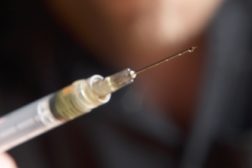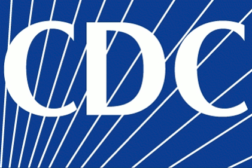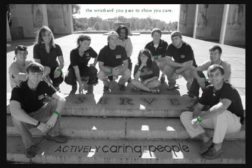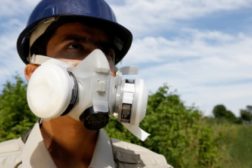Articles by Dave Johnson
Empathy can be exhausting
What we ask of today’s leaders doesn’t come easy
September 5, 2013
Respiratory hygiene in emergency departments
Compliance, beliefs, and perceptions
August 5, 2013
Never miss the latest news and trends driving the safety industry
eNewsletter | Website | eMagazine
JOIN TODAYCopyright ©2024. All Rights Reserved BNP Media.
Design, CMS, Hosting & Web Development :: ePublishing









